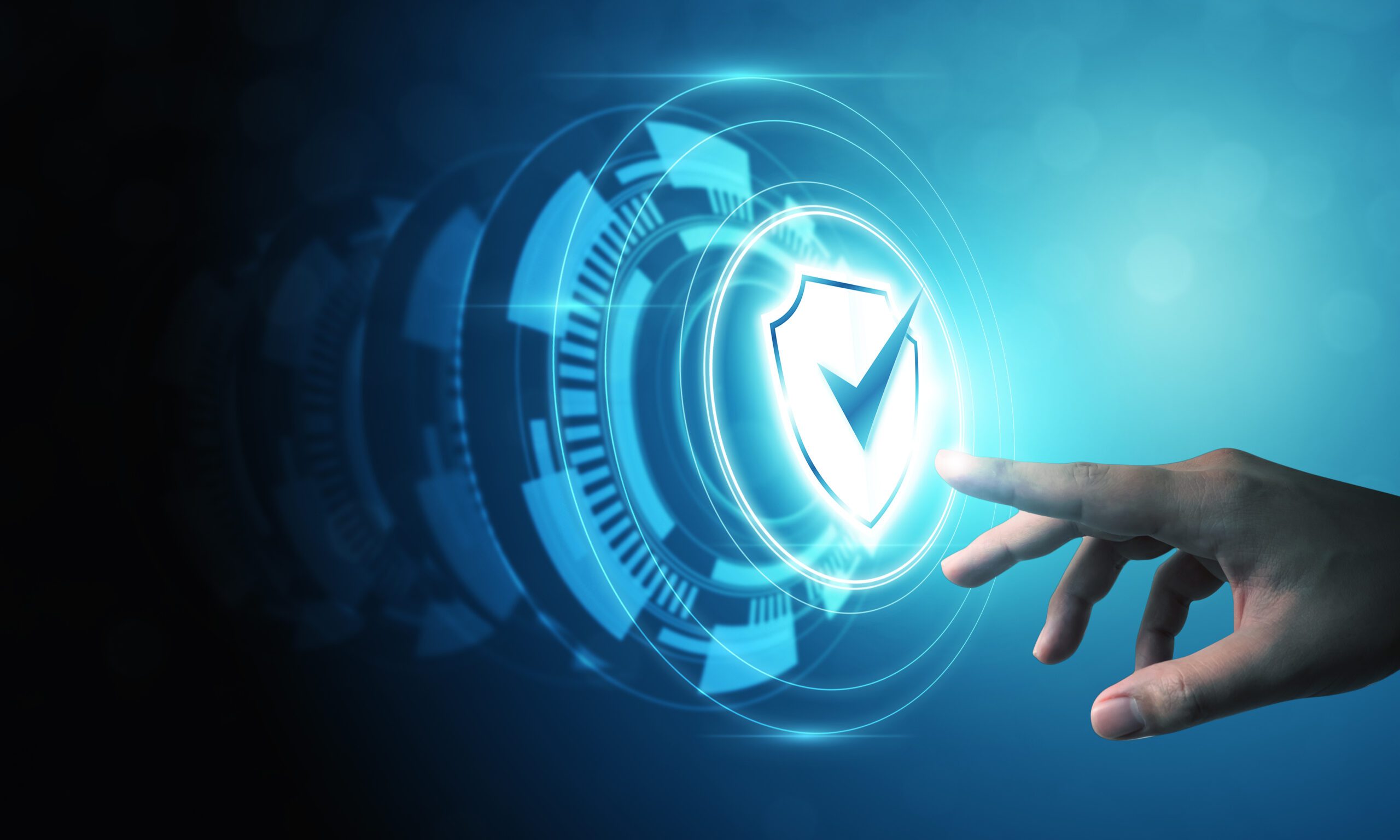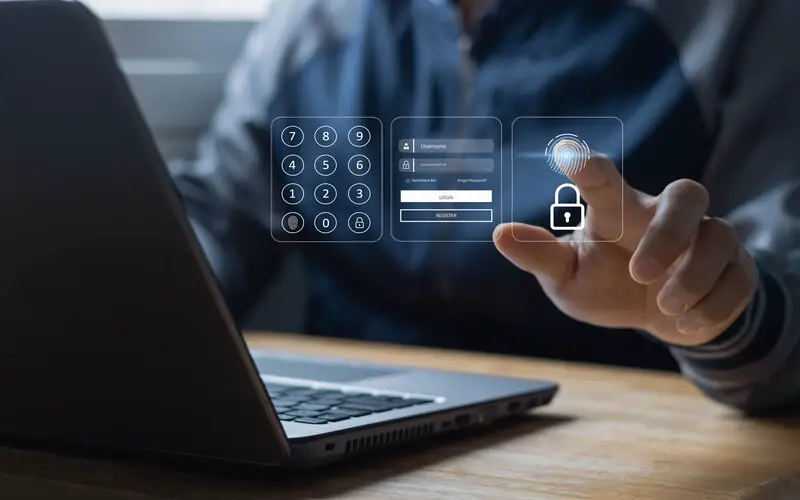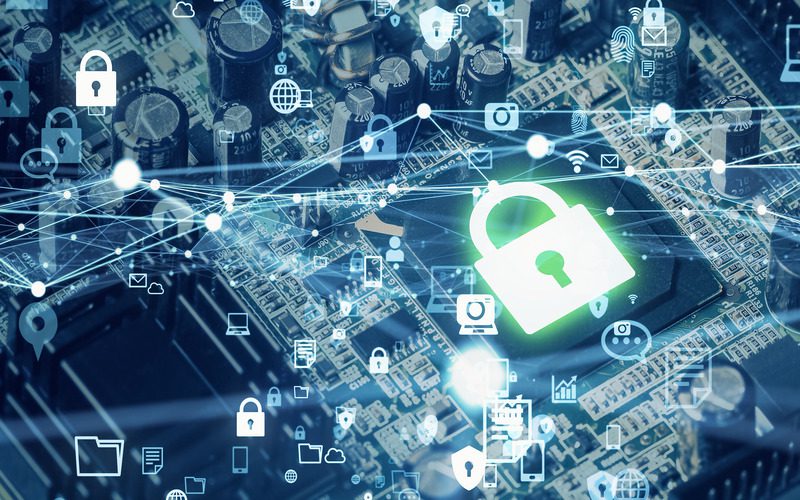All too often, we hear about companies getting hacked and paying outrageous ransoms to keep malicious actors from disclosing the stolen data to the public or selling it on the dark web. Ransomware attacks, once thought to be isolated incidents of shadowy origin, are now common occurrences and have become an inherent threat to businesses of all types and sizes.
Consider this — there were 31,000 ransomware attacks per day on small and midsize businesses (SMBs) in 2021. In just the first half of 2022, there were a total of 236.1 million ransomware attacks worldwide. We haven’t even touched on the actual damage yet. A ransomware attack can set you back by a whopping $1.8 million, and recovery can take up to 256 days.
In this environment, installing antivirus software and hoping for the best is not enough. To ensure business continuity and data security, businesses must implement a layered cybersecurity framework that includes both RMM (remote monitoring and management) and BCDR (business continuity and disaster recovery) solutions.
You can protect your business against cyberthreats by choosing Kaseya VSA and Datto BCDR as your first and last lines of defense. Kaseya has spent the last two quarters building IT Complete, integrating Kaseya VSA with Datto’s BCDR suite of solutions to provide you with full cybersecurity coverage.
RMM as your first line of defense
Kaseya VSA is a powerful RMM tool with features like real-time monitoring as well as patch and asset management that form the foundation of security. It helps organizations identify and respond to potential threats quickly and effectively by providing a central point of visibility and control. By continuously monitoring devices and systems for signs of malicious activity, VSA can help to identify potential threats early on. Here’s how VSA protects you:
Automate patching
Patching is a critical step in maintaining the security of systems and networks. Unfortunately, it can take up time and become monotonous when done manually. Automating patching makes the process faster and more efficient, ensuring systems remain up to date with the latest security fixes and vulnerabilities get remediated at the earliest. The security benefits of automating patching are:
- Quickly remediate vulnerabilities: By automatically applying security updates, you can reduce the window of opportunity for hackers and mitigate the risk of exploits wreaking havoc.
- More system uptime: As IT processes become increasingly integrated, a glitch in one application can disrupt an entire integration workflow. Timely patching ensures applications continue to work without a hitch, leading to more system uptime. As a result, productivity increases and revenue goes up.
- Avoiding non-compliance penalties: Another key reason to apply patches is to help maintain regulatory or insurance compliance. Several compliance standards and most IT insurance policies require regularly updating software. Failure to comply can lead to audits, fines and even denial of insurance claims in case of a breach.
24/7 monitoring
To be fully prepared for threats, you have to monitor all the devices on the network, from firewalls and switches to routers and even printers, not just servers and workstations. Using an RMM like VSA, you can monitor your entire network remotely and troubleshoot any anomalies without ever leaving your desk. By monitoring for signs of files being encrypted or boot files being altered, it is possible to spot an attack early and avoid it. Additionally, it helps ensure backups are not deleted and additional RMM agents not installed.
Ransomware detection
The impact of a ransomware attack is, at best, budget-destroying and, more likely, business-destroying. VSA provides an extra layer of security with a native Ransomware Detection function to prevent data loss and minimize the impact of an attack. It monitors crypto-ransomware presence on endpoints using behavioral analysis of files and alerts you when a device is infected. Once detected, VSA’s native ransomware detection module automatically quarantines any infected endpoint to prevent the spread of ransomware.
VSA’s ransomware detection functionality helps users:
- Monitor for ransomware at scale
- Receive immediate notification when ransomware is detected
- Prevent the spread of ransomware through network isolation
- Remediate issues remotely
- Recover with Continuity products, which include Datto BCDR
Configuration hardening
Configuration hardening involves securing a system by reducing its attack surface, making it extremely difficult for hackers to exploit vulnerabilities. Closing unneeded ports and removing unnecessary software can help reduce the risk of attack, as now there are fewer potential entry points for an attacker. A properly configured firewall and authentication settings allow only authorized personnel to access sensitive data and systems. Moreover, two-factor authentication adds an additional layer of security by requiring users to provide two forms of identification before accessing data or systems.
BCDR as your last line of defense
Despite your best efforts, a ransomware attack may still occur. According to the U.S. Federal Emergency Management Agency, about 40% to 60% of small businesses that shut down never reopen. What can you do to avoid damage?
A reliable backup solution is crucial to staying compliant, overcoming security breaches and operating a business smoothly. The purpose of backup and disaster recovery is to undo the worst-case scenario from taking hold while ensuring the safety and integrity of business-critical data. If an endpoint gets infected, you can restore it to a non-infected version. BCDR solutions also help organizations improve productivity by preventing or mitigating the effects of bad patches that vendors roll out.
Datto’s BCDR suite of solutions helps organizations minimize disruptions and ensure business continuity by providing a comprehensive and coordinated approach to disaster recovery.
Benefits of VSA and Datto BCDR integration
Thanks to the seamless integration between VSA and Datto BCDR, IT professionals can have better control over their security management process. Here are the benefits:
- Integrating top RMM and BCDR solutions will enable technicians to perform backup and recovery tasks more efficiently and quickly. The integration will also provide a complete picture of an organization’s backup and recovery environment, making it easier to plan for and manage contingencies.
- With a recession looming on the horizon, it is critical to improve efficiency to decrease costs and boost the bottom line. Data silos and application switching are kryptonite to operational efficiency. Integrated workflows also allow information from one application to be readily available in another. It avoids time wasted looking for information and helps speed up task execution, such as IT incident resolution leading to more system uptime.
- Techs can save time by deploying and verifying Datto Continuity agents while using VSA. Admins can monitor BCDR devices for availability and successful completion of backup operations.
- Directly link into Datto backup appliances from VSA to perform routine tasks such as device configuration, scheduling backups, restoring an endpoint and managing alerts.
Once again, Kaseya and Datto prove they’re better together by empowering MSPs to manage, configure and automate backup from VSA.
Manage IT assets and your hybrid environment with Kaseya VSA
Kaseya VSA is a next-generation, unified RMM solution that maximizes IT operational efficiency with complete IT asset discovery, monitoring and management. It gives you the visibility and functionality you need to manage all IT in a single UI. If your endpoint management solution doesn’t make managing backups a breeze, it’s time to upgrade. Request your demo today!





